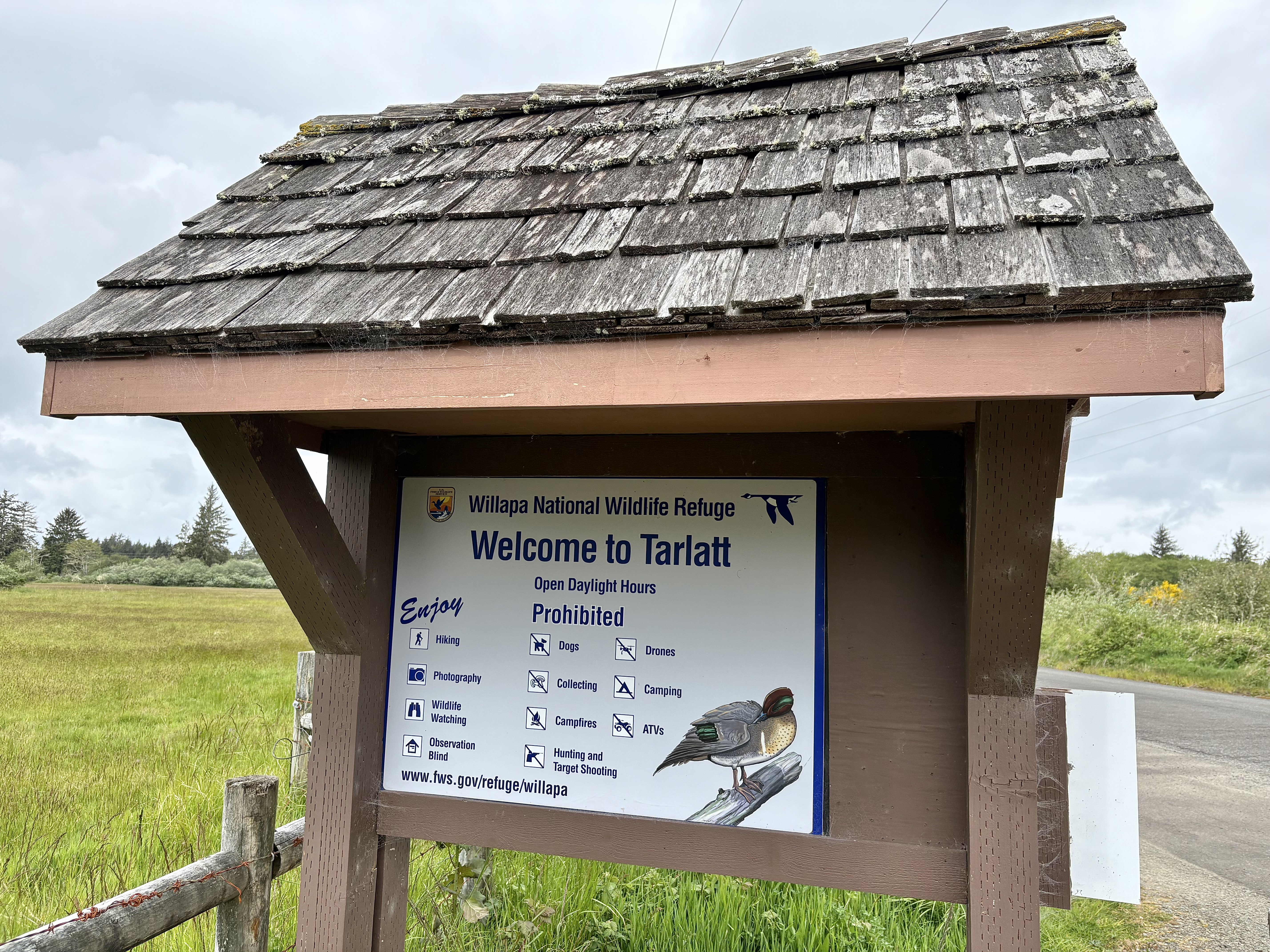Garden Mind: Spring blossoms and garden prep are upon us
Published 8:32 am Tuesday, March 8, 2016

- Co-existence: A snail climbs on an upper twig of emerging raspberry cane, with yellow-twig dogwood in foreground.
February is behind us, with her smattering of days in the 70s, warm days that pushed sap up and out in branches, causing early glimpses of foliage and bud. In my garden, the flowering currant, Ribes sanguinea Alba, white variety, is in full bloom; the Mount Fuji cherry trees only a short while behind them, fat with promise. It’s March and it’s early, and I hope any pelting rains, like those we had last week, don’t hit when the garden is in flower.
Trending
Plant saucers are useful if you have potted plants. In my garden they get seasonal, not permanent, use. Now is a good time to collect and sort, and clear off the over-wintering snail and slugs, and dispose of any damaged ones (ultraviolet light breaks down plastic saucers, so protect them from sun when they aren’t in use). I gather them in one place for quick access when needed; they remind me that I will need to water, again, at a time not far off. Once you have a mental inventory of saucers, you can keep an eye out for garage and yard sales. Scrub them with a mild bleach solution and a designated nail brush if they are dirty or mossy.
Be sure to move any earthworms over to a soil bed, so they can recover and continue to re-build soil.
Shrub beds: Prune for air circulation and plant health; generally prune after blooming. Prune now while you can still see the ground and plants are still dormant.
Trending
Red-twig dogwood (Cornus sericea or C. stolonifera) is an excellent native hedge-row species, suitable for damp areas, and grows in full sun to partial shade. Look for bare-root whips in packages at nurseries, or ask friends for cuttings; both red-twig and yellow-twig varieties are available. The dogwood is a great habitat provider for small songbirds and insects of all types; it will grow to 6-8 feet tall and the stems are vivid red in winter.
Last year I let my red-twig dogwood get too big before pruning, so this week I determined to clear out the plants with old woody stems, and vowed to control the overall height. My goal was to generally thin out the plants, while I can still see what I’m doing, and control the new growth somewhat. After a recent long session with sharp loppers, numerous “cuttings” now litter my yard, but there will be less bulk and shade, and more light and air circulation. I will bundle the twigs and branches to recycle, and I plan to experiment with planting unrooted cuttings in damp soil, to see how well they take hold. We should have another 60-75 days of cool and wet weather, a decent interval for natives to root. If I am lucky.
One caveat from the pros: Do not plant these too close or you’ll regret it; space them at least 6 feet apart and let them have two to three years before pruning. They will make a thicket on their own.
What is an insectary? A hedge-row by any other name! And what is a hedge-row? In times past, when people had bigger yards and before industrial agriculture, farmers maintained living thickets that provided browse material for livestock, to vary their diets, and which incidentally also nourished the life cycles of insects. We now know the importance of multi-species plant combinations to provide foods for bees and other pollinators. Today, many urban agriculture organizations urge the lay person to recreate habitats from our recent past, in schoolyards, apartment buildings, public areas.
A hedgerow can be narrow, follow a fence-line; it can be a thicket or something more inviting, in a landscape it can offer a gentle change in height or function in the garden.
In my garden, we have a street frontage, and the dogwood hedge helps mute the street sounds in summer, plus at 6 to 8 feet height, offers privacy but not at the expense of blocking sun, which taller shrubs or trees would do. (I notice the local urban deer nibble on the twigs, keeping portions quite compact.) Keep in mind, hedgerows have a depth, or bed width, when planning your space. Select the proper plants for the footprint available. Popular in Europe for centuries, they mark property boundaries, and feed livestock and wildlife.
In my yard, volunteer raspberries come up through the dogwood thicket, a never-ending project to eliminate raspberry suckers. Portland’s Xerces Society offers this link to more on creating habitats for beneficial insects: www.xerces.org/2011/09/02/hedgerows-for-pollinators-workshop.
Good luck with your efforts to provide habitat for insects and birds and other wildlife that enrich our lives.
Pic 1 Co Existence: Snail on upper twig of emerging raspberry cane, Yellow-twig dogwood in foreground.
Pic 2 St Fiacre, Patron saint of gardeners, with wall of white flowering currant.









